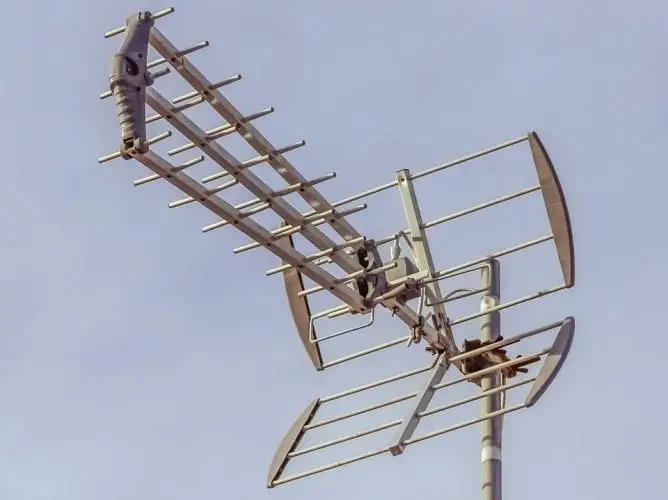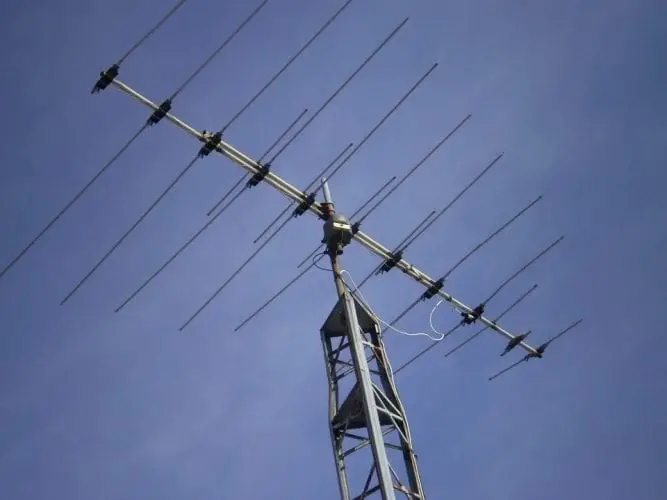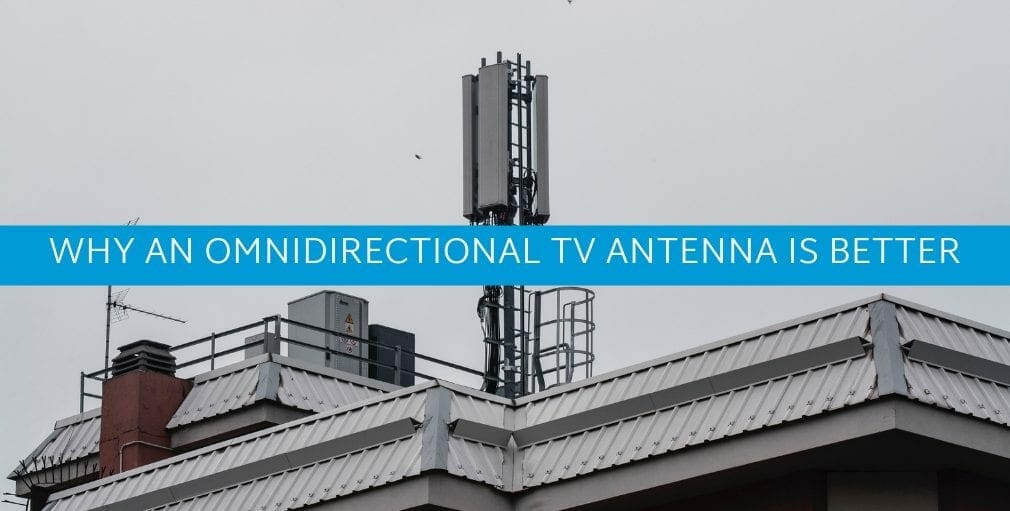When shopping for a new antenna, there are a lot of questions that you’ll need to answer before you choose. However, one of the first ones you’ll come across, potentially making the most difference, is whether to find an omnidirectional TV antenna or a regular, directional one. There’s also the middle of the road – a multidirectional antenna.
Before we get into the details, we should clarify one thing. There is no one solution as to which is the best TV antenna. Some will be better for one situation, while others excel in a completely different environment.
An omnidirectional antenna can be better than a regular one, so let’s look at the situations where this is true and why. You may also check the lava omnidirectional TV antenna Omni Pro HD 8008 review we’ve written here.
Here Are Several Potential Advantages to Using an Omnidirectional Antenna as Compared to A Traditional, Directional Antenna. We’ll Cover These in More Detail Later On:
- Omnidirectional antennas can simultaneously receive signals from multiple directions, so you don’t have to aim them at a particular transmission tower. This makes them more convenient to use and easier to set up, especially if you’re unsure in which direction the transmission tower is located.
- Omnidirectional antennas are typically smaller and more compact than directional antennas, which makes them easier to store and transport.
- Omnidirectional antennas are generally less prone to interference from surrounding objects, such as trees, buildings, and other structures.
- Omnidirectional antennas are often less expensive than directional antennas, especially when you factor in the cost of a rotor (a device that allows you to aim a directional antenna remotely).
- Omnidirectional antennas are generally easier to install and require less maintenance since you don’t have to worry about aiming them in the right direction.
It’s worth noting, however, that omnidirectional antennas are generally not as powerful as directional antennas and may not be able to pick up as strong of a signal. As a result, they may not be suitable for use in areas with weaker or distant transmission towers.
An Omnidirectional Antenna Picks up Signals from Any Direction
This is obvious from the name, but we still feel we should mention it. An omnidirectional antenna has a 360-degree reception, which ensures that you can pick up a signal, regardless of where it’s coming from. This is also the most notable advantage it has over a directional antenna.

So, where is this important? You don’t need this if you live in a rural area. Chances are you have one or two broadcast towers nearby, and a directional antenna can easily cover you. However, things change significantly when you live in an urban area. By urban, we mean a city or another location with many buildings and objects surrounding you. These locations tend to have a few broadcast towers scattered around; you can pick the signal up from any of them.
Omnidirectional antennas are very useful in such a situation because of the way it works. It doesn’t just receive the signal from the broadcast tower; it also receives it when it bounces from some of the surrounding buildings. This significantly helps signal reception and quality, often resulting in excellent images at the user’s end. This is also why a regular, directional antenna is the better option in a rural area – there are no buildings the signal can bounce off of.
There’s Usually an Amplifier Built In.
Receiving a signal from multiple directions is significantly more difficult than receiving it from a single direction. This is why omnidirectional antennas often have a less effective range than their directional competitors.
Nowadays, though, most (if not all) manufacturers of omnidirectional antennas will include some amplifier with the antenna. It’s usually built-in, so you won’t notice it, but it makes quite the difference regarding the signal.

It helps with two things – range and signal quality. If a tower is slightly out of range, the amplifier may boost the signal enough for it to be in the range – so you’ve got an extra broadcast tower to receive a signal from. Also, if you have a tower within range, but the signal does lose quality every once in a while with an amplifier, that won’t be an issue for too long. The signal will be amplified when received, and you’ll be able to enjoy full image quality once again.
Wrapping Things Up – Is an Omnidirectional Tv Antenna Always the Better Choice?
The simple answer here is “No” because there are situations where an omnidirectional antenna is the worse choice. If you need a lot of range, or towers don’t surround you, you don’t need it, and you’re better off with a directional antenna.
However, an omnidirectional antenna will always be better for everyone living in an urban area, such as a densely populated city. The first advantage is that it’s omnidirectional – broadcast towers surround you, and you should want to receive signals from as many of them as possible. The second is the built-in amplifier because whatever tower you’re receiving from, this will help you get a better signal and a better image.
Even though not for everyone, an omnidirectional antenna has many advantages over a regular one. Rural users may not see the benefits, but if you live in a city, using one can be an excellent first step towards cutting your TV-watching costs down to a minimum.

